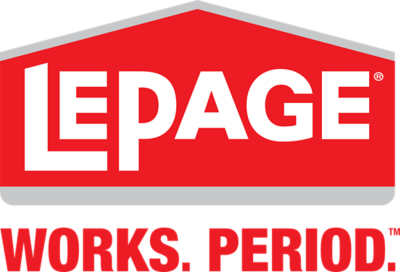Mastic sealants come in all shapes and sizes, from clear mastic adhesive to silicone caulk. Whatever your project, this guide will help you choose the right one.
What is mastic sealant?
Mastic has been around for many years as a form of adhesive for use in many construction projects, such as fixing floor tiles, cladding panels, or for filling gaps. Its use was limited as a sealant as it didn’t weather well and wasn’t great at keeping out water. In more recent years, advancements in sealant technology have led to silicone mastic sealant becoming the most widely used product for sealing around just about anything, inside and out, and it will last for years.
Using exterior mastic sealant around a window frame
First, you need to prepare the area by cleaning off any dirt and grime. Use a proprietary remover to get rid of the old sealant or cut away with a knife. Cut off the tip of the sealant cartridge at a 45-degree angle and load it into the caulking gun, then you’re ready to go.
- You can tape off any areas where you don’t want the sealant to go, but remember to remove this immediately after applying the mastic caulk.
- For joints deeper than 12.5 mm, use a filler rod to reduce the depth. This also helps prevent 3-point adhesion.
- Apply the mastic caulk to the joint, using even pressure all along the run.
- Smooth off the sealant using a mastic tool.
- Clean up straight after you’ve finished. With silicone in particular, it is much easier to remove before curing begins.
Don’t apply mastic sealant in extremely hot or cold conditions. The temperature should be between 5°C and 38°C.
Using mastic for sealing ductwork
In any HVAC installation, you’re going to need to fill around the joints to prevent air loss in the system. Water-based mastic duct sealant is better than tape because it is fluid and will get into areas that you can’t get to with tape.
It is also flexible, so it will withstand expansion and contraction due to temperature variations.
The best mastic sealant for DIY jobs
Mastic sealants can be used for weatherproofing, draught stripping, sealing around bathtubs and showers, and also for filling gaps such as movement joints.
For situations where you don’t want to see the mastic, grab a clear mastic sealant, like LePage QUAD Invisible Window, Door & Siding Sealant. Its clear formula makes it perfect for finishing work around brick, stone, and other building materials.
If you’re looking for something with a strong bond and resistance to mildew, LePage 2 in 1 mastic sealants are just the thing. Whether it’s sealing around the kitchen and bathroom, or interior/exterior gap-filling, there is a product in this range just for you.
